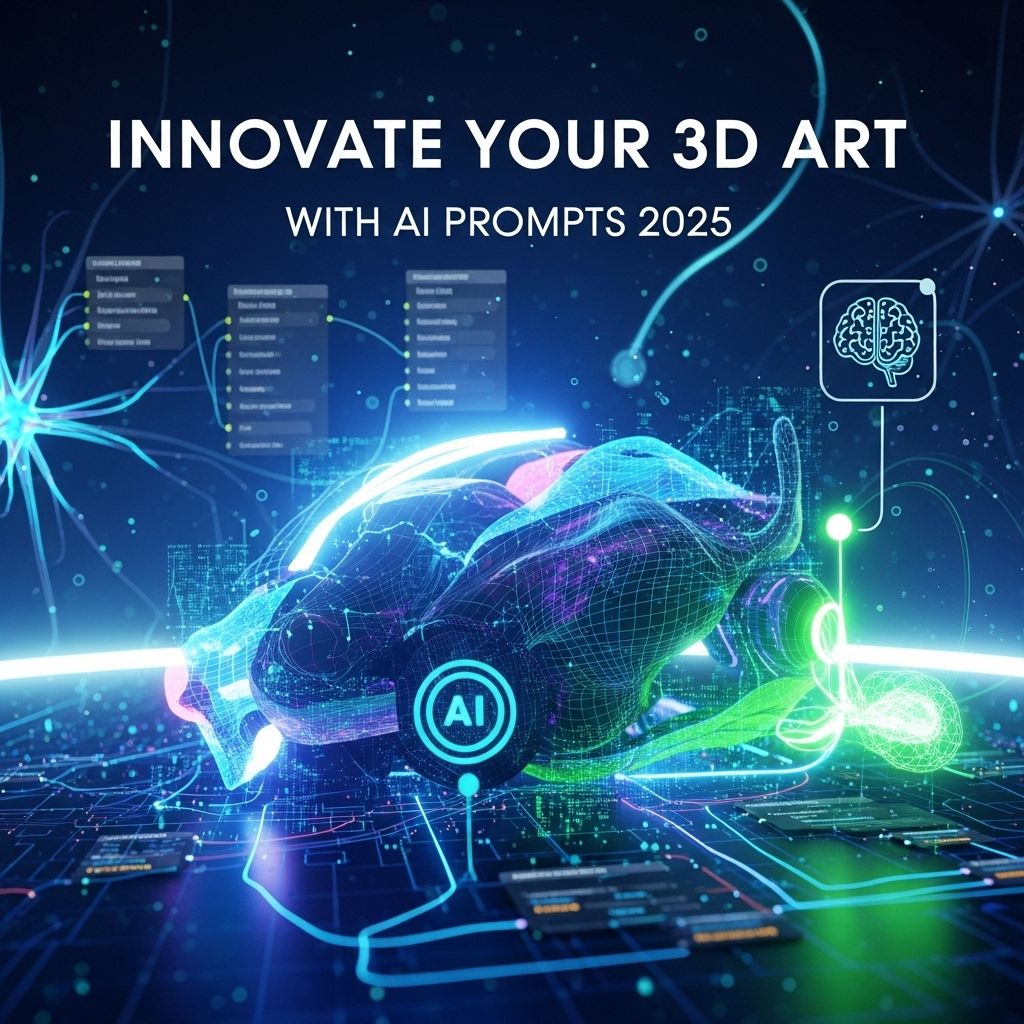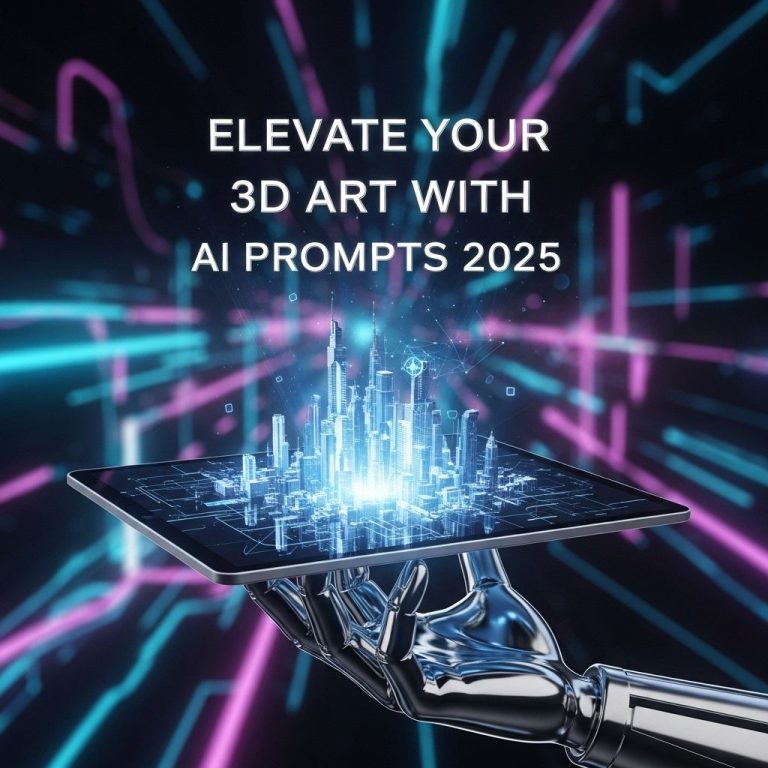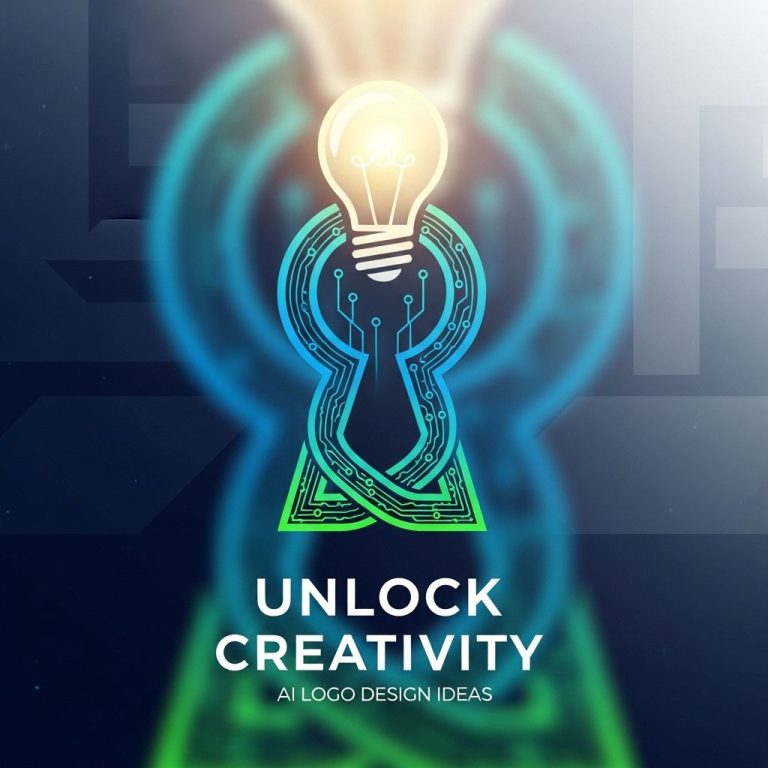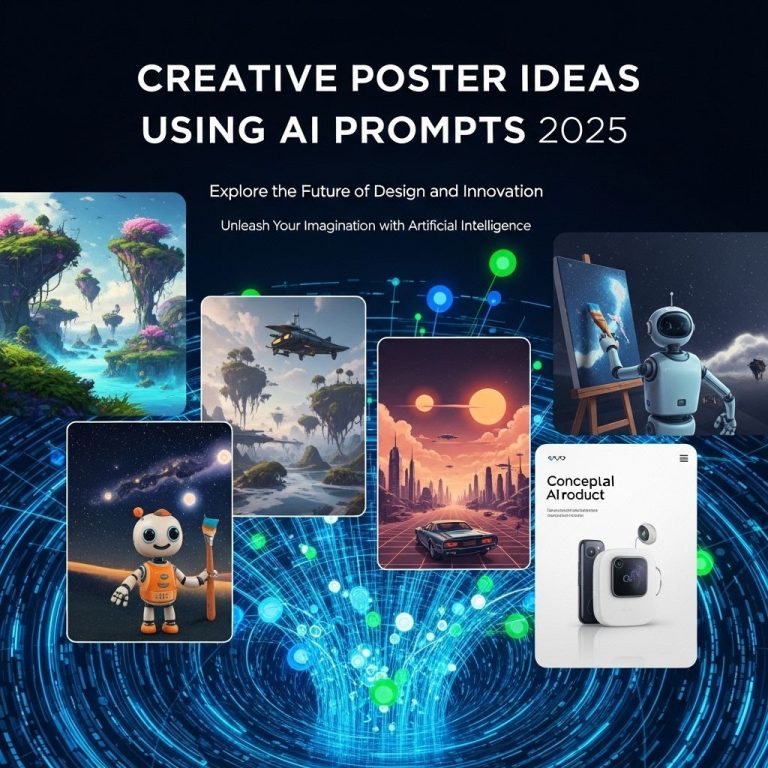The world of 3D art is evolving at an unprecedented pace, thanks in large part to advancements in artificial intelligence. As artists seek new ways to enhance their creativity and streamline their workflows, AI-driven prompts and tools are becoming indispensable. This article delves deep into the intersection of 3D art and AI technology, exploring how artists can leverage these innovations to elevate their work and push the boundaries of creativity.
The Role of AI in 3D Art Creation
Artificial intelligence has emerged as a significant ally for 3D artists. Here are some of the pivotal roles AI plays in the creative process:
- Idea Generation: AI tools can suggest concepts and themes based on user input, helping artists overcome creative blocks.
- Model Generation: Algorithms can create complex 3D models from simple sketches or descriptions, significantly reducing the time spent on modeling.
- Texture and Material Applications: AI can analyze the style and context of a scene to recommend textures and materials that enhance realism.
- Animation and Rigging: With AI, artists can automate the rigging process and generate animations based on predefined parameters.
The Impact on Workflow Efficiency
By integrating AI into their workflow, artists can achieve remarkable efficiency. Here’s how:
- Time-Saving: Automating repetitive tasks allows artists to focus on more intricate aspects of their work.
- Enhanced Collaboration: AI tools can facilitate better communication within teams by providing shared assets and ideas.
- Quality Control: AI can help assess the quality of designs against predefined standards, catching errors before they become issues.
AI Tools Revolutionizing 3D Art
The market is teeming with AI tools designed to aid 3D artists. Below are some of the standout options available in 2025:
1. DALL-E 3D
An extension of OpenAI’s DALL-E, this tool specializes in generating 3D models from textual descriptions. Artists can input phrases, and the AI produces detailed models within minutes.
2. RunwayML
This platform offers a suite of AI tools that enhance creative workflows, including image synthesis, video editing, and 3D model generation. Artists can use it to streamline their projects without needing extensive coding knowledge.
3. NVIDIA Omniverse
A robust platform for 3D simulation, Omniverse allows artists to collaborate in real-time and utilize AI-driven assets for their projects. Its high-performance capabilities make it ideal for complex scenes.
4. Artbreeder
Artbreeder enables users to blend different images to create unique artworks. For 3D artists, it can be particularly useful for generating organic forms and textures.
Creating Stunning 3D Art with AI Prompts
One of the most exciting aspects of using AI in 3D art is the ability to generate prompts that lead to innovative creations. Here are some strategies for crafting effective AI prompts:
Using Descriptive Language
When generating prompts for AI, clarity and detail are essential. Consider including:
- Color Schemes: Specify colors to guide the AI in its visual output.
- Textures: Mention the types of surfaces you want, such as matte, glossy, or rough.
- Style References: Refer to existing styles or artists to influence the AI’s creative direction.
Example Prompts for 3D Creation
| Prompt Description | Expected Outcome |
|---|---|
| Create a futuristic cityscape at sunset with neon lights and reflective surfaces. | An intricately designed 3D city with glowing elements and dramatic lighting. |
| Design a mythical creature with dragon-like features, covered in iridescent scales. | A visually striking creature model showcasing detailed textures and features. |
| Generate a serene forest scene with a hidden waterfall, focusing on realistic foliage. | A lush 3D environment that captures the essence of tranquility and nature. |
The Future of 3D Art and AI Integration
The integration of AI in 3D art is just beginning. As these technologies advance, we can anticipate several trends:
1. Increased Personalization
AI will become more adept at understanding individual artist styles, allowing for personalized toolsets that adapt to each user’s unique creative process.
2. Greater Accessibility
With user-friendly AI tools on the rise, more individuals will be able to create high-quality 3D art, democratizing the field and fostering a diverse range of voices.
3. Hybrid Creativity
The future will likely see a blend of human creativity and AI efficiency, leading to entirely new forms of artistic expression that challenge traditional boundaries.
Conclusion
As we move into 2025 and beyond, the synergy between 3D art and artificial intelligence will continue to transform the creative landscape. Artists who embrace these tools will find themselves at the forefront of innovation, able to produce compelling and imaginative works that were once thought impossible. The journey is just beginning, and the possibilities are endless.
FAQ
What are AI prompts for 3D art?
AI prompts for 3D art are creative suggestions or ideas generated by artificial intelligence to inspire artists in their design and modeling processes.
How can AI prompts improve my 3D art skills?
AI prompts can enhance your 3D art skills by providing unique concepts, helping to overcome creative blocks, and introducing new techniques or styles you may not have considered.
What tools can I use to generate AI prompts for 3D art?
There are various tools available, including AI art generators like Midjourney, DALL-E, and specialized software that focuses on 3D modeling, which can help create prompts tailored for your artistic needs.
Are AI-generated prompts suitable for professional artists?
Yes, AI-generated prompts are suitable for professional artists as they can serve as a source of inspiration and facilitate experimentation with new ideas, leading to innovative artwork.
Can beginners use AI prompts for 3D art?
Absolutely! Beginners can greatly benefit from AI prompts as they provide guidance and inspiration, making it easier to explore 3D art without feeling overwhelmed.
What trends in 3D art can I expect in 2025?
In 2025, expect trends such as increased use of AI in design, more immersive experiences with virtual and augmented reality, and a focus on sustainability and eco-friendly materials in 3D art.




